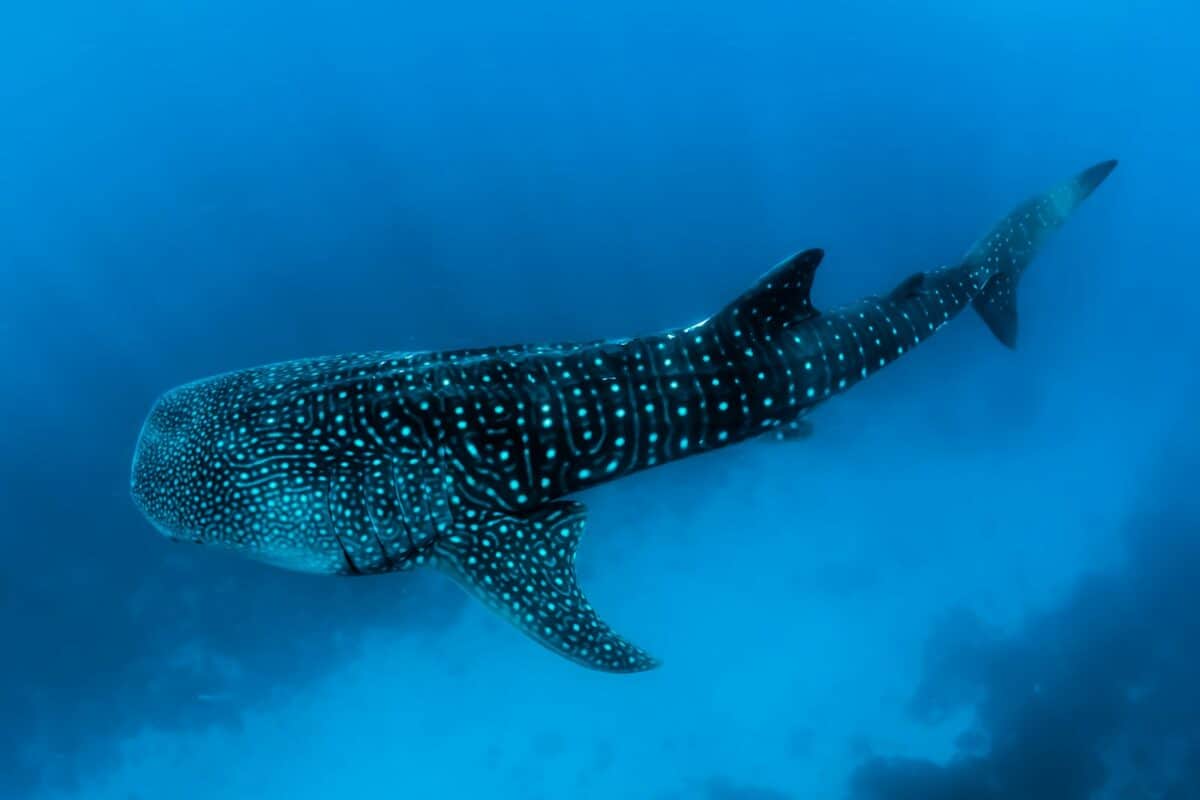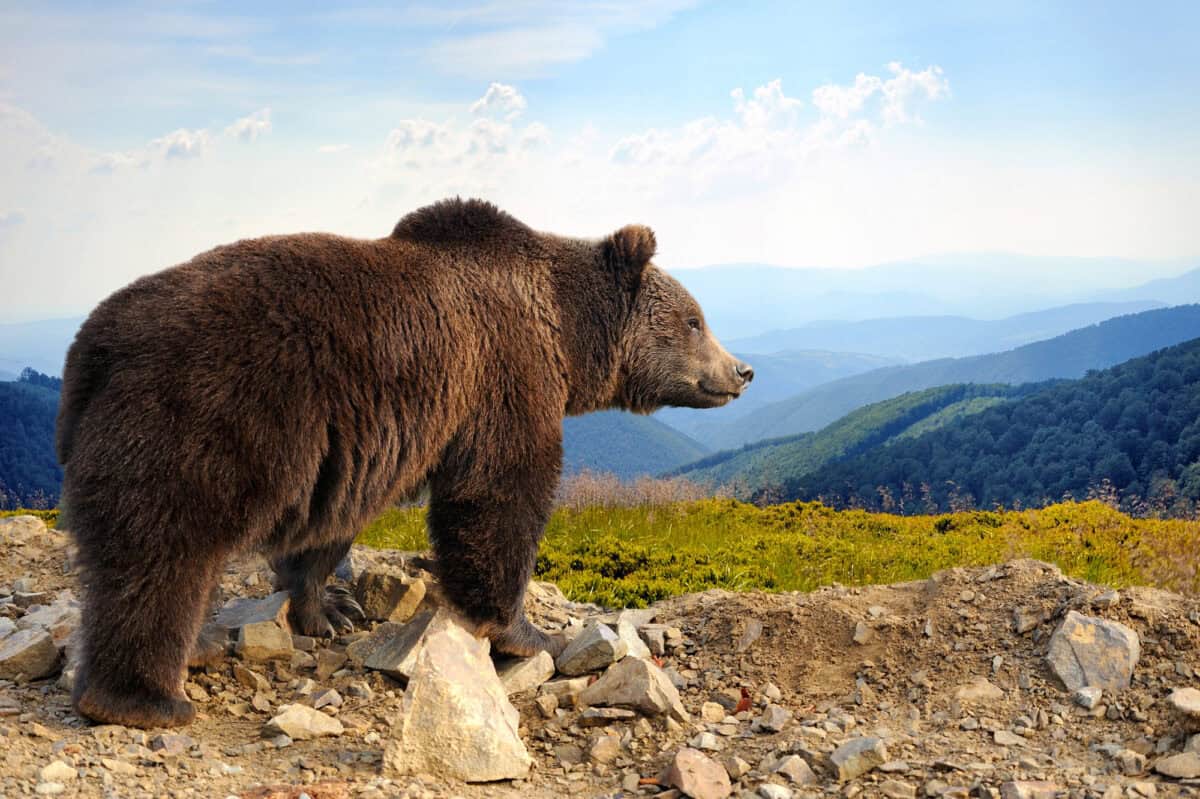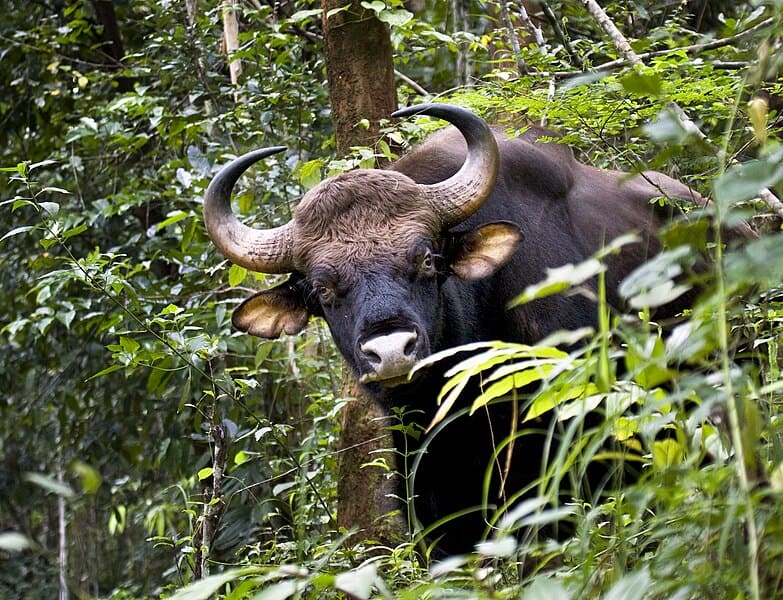In the vast tapestry of life on Earth, some creatures stand out due to their sheer size and majestic presence. These giants, descended from an ancient lineage of colossal beings, capture our fascination and remind us of the rich biodiversity that continues to thrive on our planet. From ocean depths to savannahs, these formidable animals inspire awe and curiosity. In this article, we’ll explore 11 giants that continue to roam our world, illustrating the diversity and resilience of life.
Blue Whale

The blue whale holds the title for not just the largest living animal, but the largest creature to have ever existed on Earth. Reaching lengths of up to 100 feet and weighing as much as 200 tons, these marine giants are truly awe-inspiring. Blue whales inhabit oceans around the globe, migrating long distances between feeding and breeding areas. Despite their size, they have a diet, primarily consisting of tiny krill, and can consume up to four tons of it per day. Sadly, they were once heavily hunted, and they remain endangered, making conservation efforts critical for their survival.
African Elephant

African elephants are the largest land animals, with males standing up to 13 feet tall at the shoulder and weighing around 14,000 pounds. These intelligent and social creatures are known for their strong family bonds and sophisticated communication abilities. African elephants are found across sub-Saharan Africa, where they rove savannahs and forests. Their trunks are versatile tools used for feeding, drinking, and interacting with their environment. Though revered for their majesty, they face threats from poaching and habitat loss.
Giraffe

With their elongated necks and legs, giraffes are unmistakable icons of the African landscape. These gentle giants can grow up to 18 feet tall, allowing them to reach foliage inaccessible to other herbivores. Giraffes are social animals, often found grazing in loose groups across the savannah. They play a critical role in their ecosystem by aiding seed dispersal through their feeding patterns. Conservation efforts focus on habitat protection and mitigating human-wildlife conflict, as some populations are under threat.
Saltwater Crocodile

One of the most formidable reptiles, the saltwater crocodile, often referred to as the “salty,” commands respect. These powerful predators can grow over 20 feet long and weigh more than 2,000 pounds. Living in brackish and freshwater habitats across Southeast Asia and Australasia, they are superb swimmers, capable of traversing vast distances. Saltwater crocodiles have few natural predators, thanks to their size and strength. Human encroachment and climate change pose threats, highlighting the need for their protection.
Polar Bear

In the icy realms of the Arctic, the polar bear reigns supreme. These impressive bears, the largest of their species, can weigh up to 1,500 pounds and rely on their thick fur and fat layers for insulation against the cold. Polar bears are excellent swimmers, utilizing their powerful limbs to navigate through icy waters in search of seals, their primary prey. As climate change reduces sea ice, their hunting grounds are shrinking, posing significant challenges for polar bear conservation.
Whale Shark

Whale sharks, despite being the largest fish in the sea, are filter feeders that primarily consume plankton, small fish, and squid. Reaching lengths of up to 40 feet, these gentle giants are known for their distinctive spotted patterns. Whale sharks inhabit warm ocean waters, contributing to marine biodiversity. Growing concerns over their vulnerability to human activities, such as fishing and habitat degradation, underscore the importance of global conservation efforts.
Komodo Dragon

The Komodo dragon, the largest living species of lizard, hails from a few Indonesian islands. These formidable reptiles can grow up to 10 feet long and weigh around 330 pounds. As apex predators, Komodo dragons employ stealth and power to hunt prey, using their sharp claws and teeth. They possess a uniquely potent venom that aids in subduing large prey. While they hold a special place in local folklore, preserving their habitat is crucial, given their limited range and vulnerability to environmental changes.
Brown Bear

The brown bear is among the largest bear species, with some subspecies, like the Kodiak bear, reaching up to 1,500 pounds. These solitary mammals are found across North America, Europe, and Asia, thriving in diverse habitats from forests to mountains. Brown bears are omnivorous, feeding on a variety of foods including berries, fish, and small mammals. Human activities such as deforestation and hunting challenge their survival, necessitating active conservation strategies.
Gaur

Native to South and Southeast Asia, the gaur, or Indian bison, stands as the world’s largest bovine. These massive herbivores can reach over 10 feet in length and weigh up to 2,200 pounds. Gaurs maintain a shy demeanor, preferring dense forest habitats where they graze on grasses and leaves. Despite being protected in many regions, they face threats from habitat loss and hunting, prompting conservationists to increase efforts to ensure their protection and survival.
Southern Elephant Seal

The southern elephant seal is the largest member of the seal family, with males reaching an impressive 20 feet in length and weighing up to 8,800 pounds. These seals are incredible divers, capable of plunging to depths of over 3,000 feet in search of squid and fish. Found in Antarctic and sub-Antarctic waters, southern elephant seals face challenges from climate change affecting their prey availability, necessitating monitoring of their populations.
Giant Squid

The giant squid is one of the ocean’s most mysterious and elusive creatures, rarely seen by humans. These incredible cephalopods can grow up to 43 feet long, with eyes as large as dinner plates—the largest in the animal kingdom. Living in deep ocean environments, giant squids are thought to engage in epic battles with their natural predators, sperm whales. Unknowns surrounding their life cycle and behavior persist, sparking continued interest and research into their fascinating existence.
Conclusion

The existence of these giant animals underscores the remarkable diversity of life forms that share our planet. They play crucial ecological roles, serving as indicators of the health of their environments. Protecting these magnificent creatures requires a collective effort to preserve their habitats and curb practices threatening their well-being. As stewards of our planet, it is our responsibility to ensure that future generations will also have the opportunity to be inspired by these awe-inspiring giants.
- Why Some US National Parks Are More Dangerous Than You Think - August 23, 2025
- The Most Unique Fish Found in the Great Lakes of Illinois - August 22, 2025
- The Most Dangerous River in the US—And Why It’s Not What You Expect - August 22, 2025

